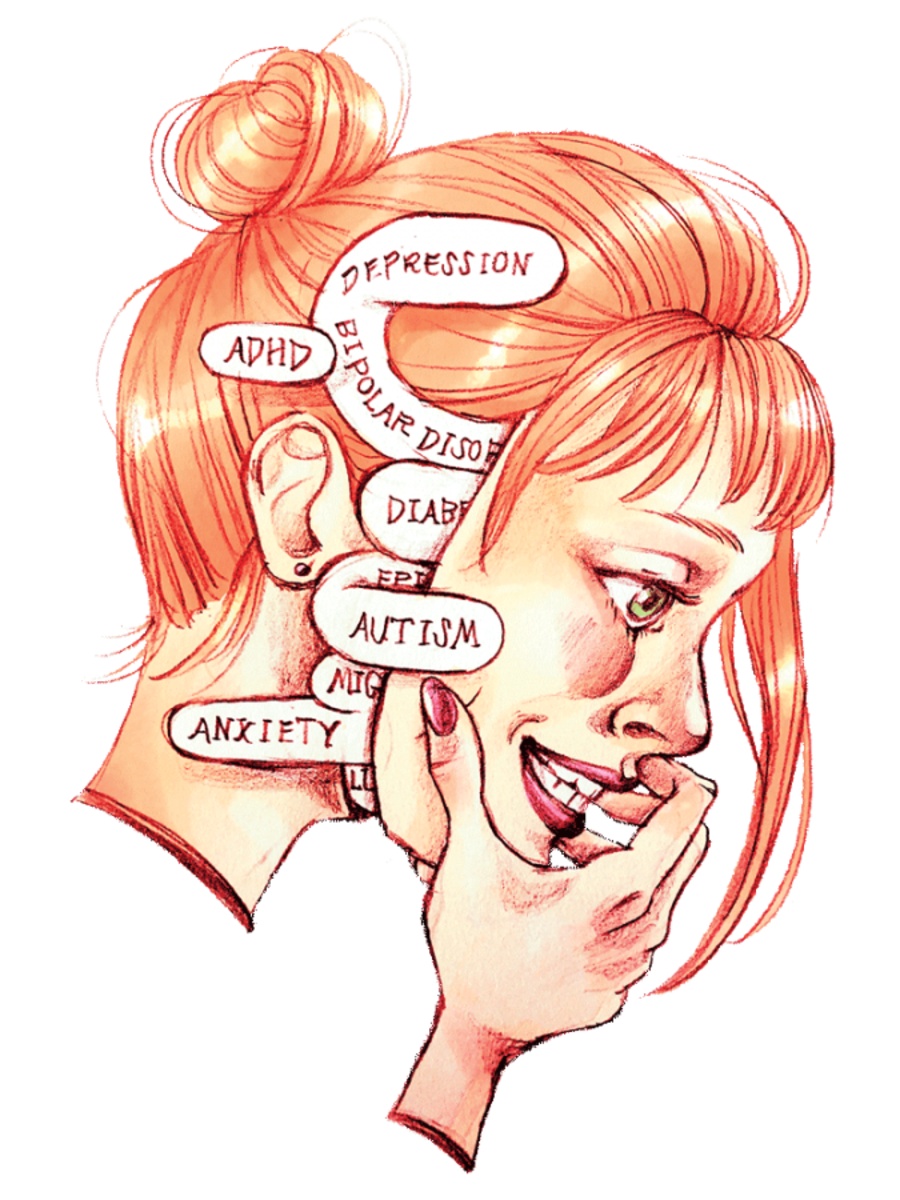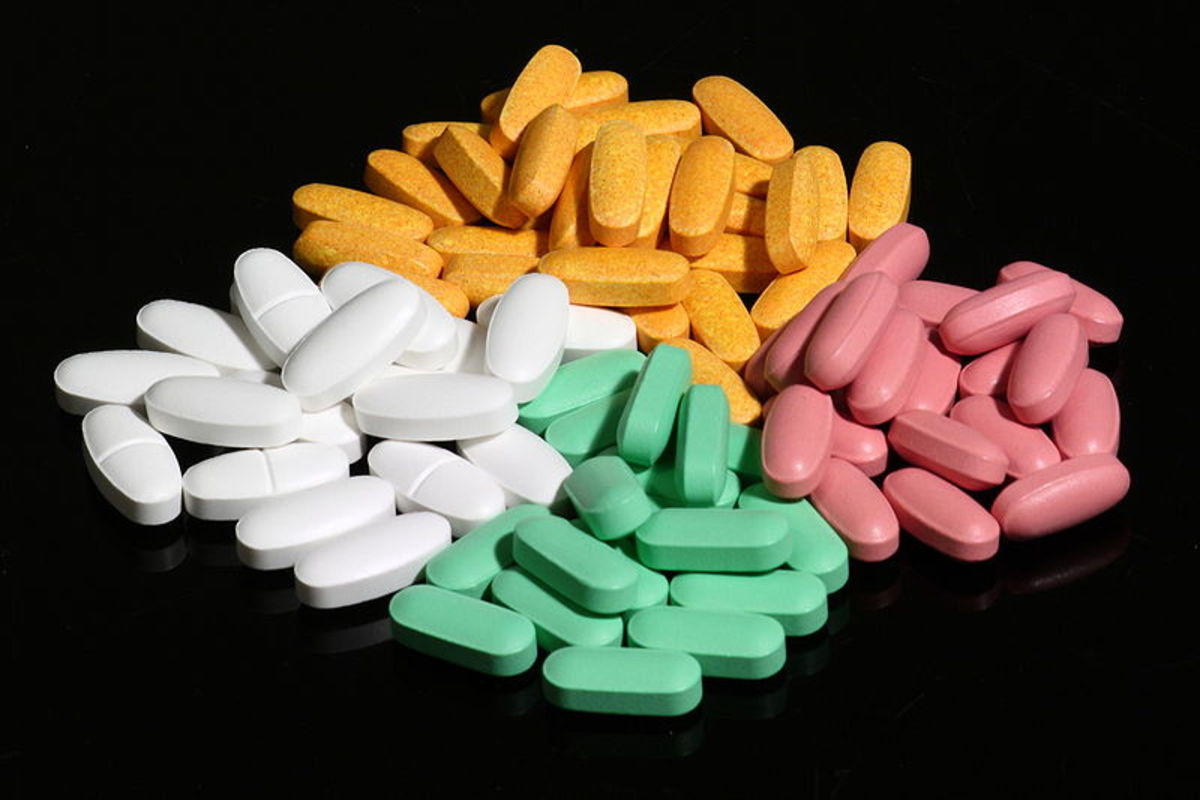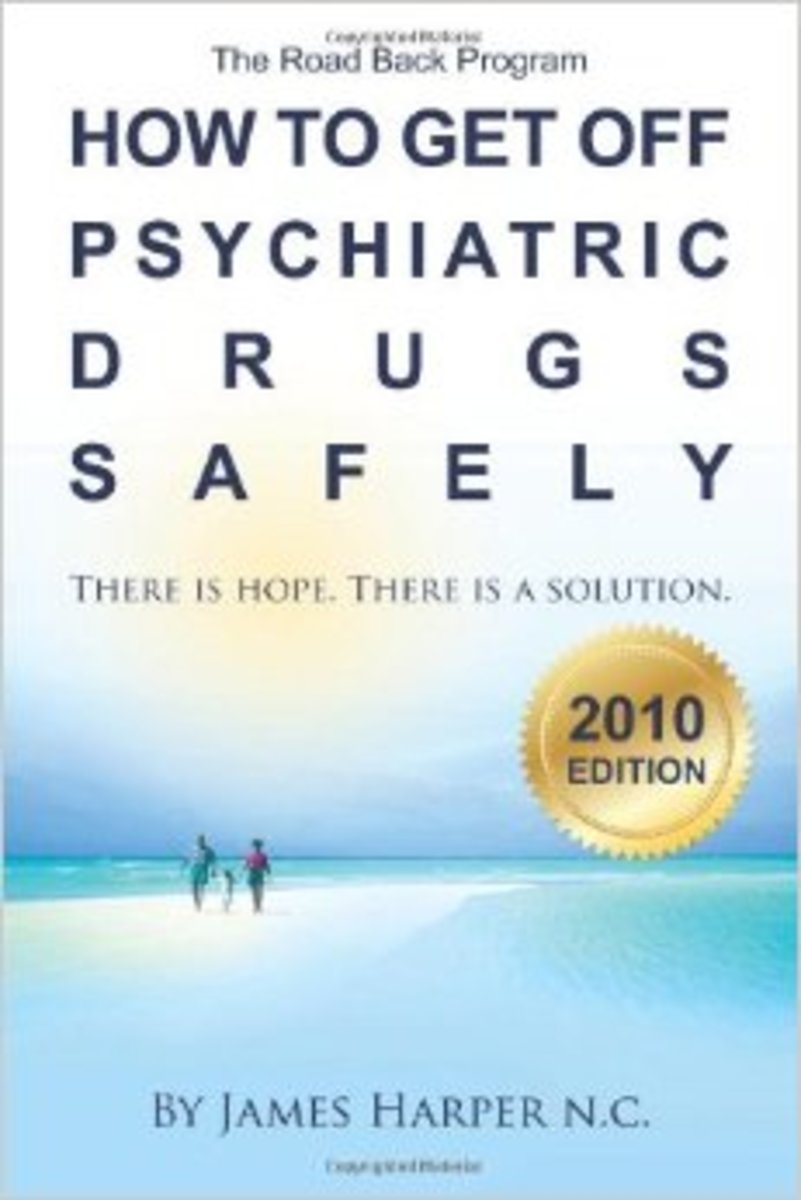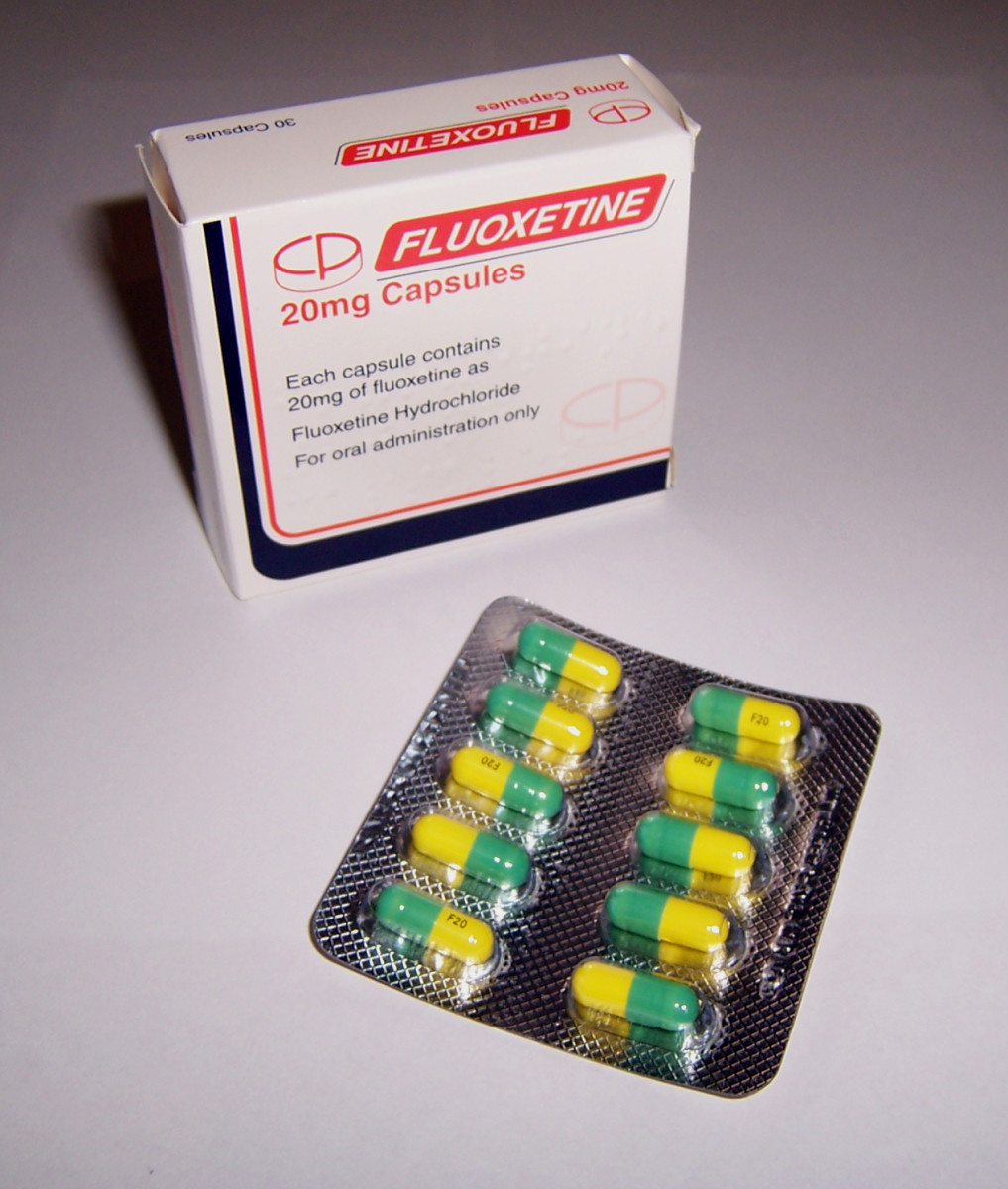Antipsychotic Medications and Side Effects: What You Don't Know Can Hurt You
All prescription drugs have side effects and those used to treat schizophrenia and other forms of psychosis are no exception. In fact, antipsychotics often have more side effects than other drugs on the market. In this article, we will examine 2 different types of antipsychotic medications, their uses, and their side effects. Extrapyramidal symptoms (EPS), tardive dyskinesia, neuroleptic malignant sydrome (NMS), and a variety of other side effects are covered. Also included is a quick-reference glossary of terms associated with the side effects of antipsychotics.
Types of Antipsychotic Drugs
The older class of antipsychotic drugs often is referred to as first-generation antipsychotics. You also may hear them called "standard" antipsychotics. Both of these terms mean the same thing. The newer class is called atypical antipsychotics. There are two tables below with information regarding these two classes. The first table describes some differences between the two and the second table gives examples of specific drugs within each class.
First Generation vs. Atypical Antipsychotics
First Generation
| Atypical
|
|---|---|
Treats positive symptoms only
| Treats both positive & negative symptoms
|
Older; studied longer
| Newer; few long-term research studies available
|
Less expensive
| More expensive
|
Higher incidence of muscle-related side effects
| Higher incidence of weight gain
|
Higher incidence of tardive dyskinesia
| Higher incidence of diabetes, hyperlipidemia
|
There are a variety of factors to consider when choosing an antipsychotic drug. Cost, side effects, and history of safety are just a few things to think about.
First Generation Antipsychotics
First generation antipsychotics are the older group of antipsychotics. They are used to treat the positive symptoms of schizophrenia (e.g. hallucinations, delusions, paranoia). These drugs are not effective when treating the negative symptoms of schizophrenia (e.g. social withdrawal, loss of energy, low motivation). Because these drugs have been on the market longer, their prices have dropped considerably, so often they are more affordable than some of the newer drugs. Unfortunately, these drugs have a higher incidence of muscle side effects and extrapyramidal symptoms (EPS).
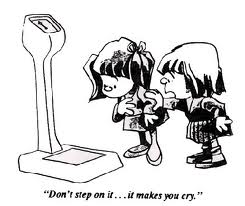
Atypical Antipsychotics
Atypical antipsychotics are a more recent development. These drugs treat both the positive and negative symptoms of schizophrenia. They also have less muscle side effects and EPS. However, because they are newer they often are more expensive. They have a higher tendency to cause weight gain as well, which can be a serious concern for many people. Weight gain can lead to diabetes mellitus, hyperlipidemia, hypertension, heart disease, stroke, and many more health problems.
Examples of Drugs in Class
First-Generation Antipsychotics
| Atypical Antipsychotics
|
|---|---|
haloperidol (Haldol)
| aripiprazole (Abilify)
|
chlorpromazine (Thorazine)
| asenapine (Saphris)
|
thioridazine (Mellaril)
| clozapine (Clozaril)
|
loxapine (Loxitane)
| iloperidone (Fanapt)
|
perphenazine (Trilafon)
| lurasidone (Latuda)
|
fluphenazine (Prolixin)
| olanzapine (Zyprexa)
|
paliperidone (Invega)
| |
quetiapine (Seroquel)
| |
risperidone (Risperdal)
| |
ziprasidone (Geodon)
|
These are some of the more commonly prescribed antipsychotics. This is not an all-inclusive list.
Side Effects of Antipsychotic Drugs
There are many, many possible side effects of antipsychotic drugs. The side effects can range from mild dry mouth to lactation to coma to death.

Extrapyramidal Symptoms
The extrapyramidal system is a system of neurons in the brain that is responsible for the coordination of movement and involuntary reflexes. When this system of neurons is adversely affected by antipsychotic drugs, there is a cluster of potential symptoms that may occur. These include, but are not limited to:
Acute dystonic reactions
- Can include: torticollis (def: muscle spasm of neck), oculogyric crisis (def: eyes rotated and fixed upward), opisthotonos (def: body lengthened to the extreme)
Pseuoparkinsonism
- Symptoms include: slumped posture, muscle rigidity, shuffling gait, tremor
Akathisia
- Definition: a feeling of motor restlessness; can’t sit still
It is possible for symptoms to develop slowly and go untreated over a period of time. This can result in tardive dyskinesia, which can be permanent.
Tardive Dyskinesia
Long-term and/or high-dose therapy of antipsychotic drugs can cause tardive dyskinesia. As described above, tardive dyskinesia has a more gradual onset and it may be permanent. Symptoms that are seen in tardive dyskinesia include:
- Rapid blinking
- Grimacing
- Lip smacking and/or puckering
- Tongue darting in and out of the mouth
- Snake-like movements of the fingers, arms and/or legs, which can make walking difficult or impossible
- Grunting
It is much better to prevent tardive dyskinesia than to try to treat it. Prevention includes teaching the patient and family about symptoms, so they can report them if and when the symptoms develop. Also, the healthcare provider should administer an involuntary movement scale throughout medication therapy.
After tardive dyskinesia has developed, the drug that caused the symptoms should be stopped by the healthcare provider. Symptom management can be difficult to achieve as there are few drugs that successfully treat tardive dyskinesia. Sometimes people respond well to Parkinson’s drugs and clonidine.
Neuroleptic Malignant Syndrome
Neuroleptic malignant syndrome (NMS) is a rare, but potentially fatal adverse reaction to an antipsychotic drug. About 1% of people or less on antipsychotics will develop NMS, but of those who develop it, 10% will die. The symptoms of NMS include:
- Muscle cramps and rigidity
- Uncontrollable tremor
- Fever, which can be quite high
- Unstable vital signs (blood pressure and heart rate may be high or low)
- Agitation
- Delirium
- Coma
- Incontinence of urine and feces
- Profuse sweating
- Elevated white blood cells: this occurs because of the immune response
- Elevated creatinine phospokinase (CPK): this occurs because of widespread muscle damage
Treatment of neuroleptic malignant syndrome (NMS) should include the immediate discontinuation of the causative drug. The person should be treated for hyperthermia, which can include cooling blankets and ice packs to the groin and underarms. The person’s heart rate and rhythm should be closely monitored. Fluids should be replaced with intravenous fluids. Often the person will need a urine catheter due to incontinence and to prevent skin breakdown. The person’s respiratory status should be closely monitored and supplemental oxygen should be given. Medications to reduce muscle rigidity and cramping may be given. Antiseizure medications may be administered if the person is having seizures. Labs will be drawn to monitor kidney function and the immune response. It is most likely that the person experiencing NMS will be in an intensive care unit where he/she can be very closely monitored by nursing and medical staff.
Glossary of Terms
Acute dystonias: sustained muscle contractions and/or abnormal postures
Agranulocytosis: a deficiency of white blood cells (a part of the body’s natural immune response), putting a person a high risk for infection and extreme complications of infection
Akathisia: extreme, inner motor restlessness; the feeling that one cannot sit still
Anticholinergic side effects: commonly, these are decreased salivation, decreased urination, decreased sweating, decreased bowel movement, decreased mucous production, increased heart rate, increased body temperature
Arrhythmia: abnormal heart rhythm
Cogwheel rigidity: uncontrollable rigidity and jerky movements, especially when pressure is applied to muscles and joints
Diabetes mellitus: an endocrine disorder that causes abnormal blood glucose levels; this can result from increased weight as seen with the atypical antipsychotics
Extrapyramidal symptoms: a cluster of symptoms that results when the extrapyramidal system of the brain is adversely affected by antipsychotic drugs
Hypotension: low blood pressure
Hyperlipidemia: high levels of lipids in the blood, seen with atypical antipsychotics; puts a person at increased risk for heart disease and stroke
Hypertension: high blood pressure
Hyperthermia: elevated body temperature
Neuroleptic malignant syndrome: a rare, but potentially fatal adverse reaction to antipsychotic drugs that causes fever, muscle spasms and tremors, unpredictable vital signs, delirium, agitation, coma
Oculogyric crisis: a dystonic reaction that causes the muscles of the eyes to spasm and fix into position, usually upward
Opisthotonos: extreme heightening of the body through arched back, head and neck arched backwards, and rigid muscles
Paralytic ileus: a portion of the bowel stops functioning
Pseudoparkinsonism: symptoms that look very much like Parkinson’s disease; muscle rigidity, tremor, stooped posture, shuffling gait
Rabbit syndrome: a rare form of extrapyramidal symptoms that causes the mouth to move in a way that mimics a rabbit
Sedation: induces a state of sleepiness
Tardive dyskinesia: repetitive, involuntary, purposeless movements with a slow or late onset as a result of treatment with antipsychotic drugs
Teratogenic: causes harm to a developing fetus
Torticollis: extreme muscle spasm of the neck
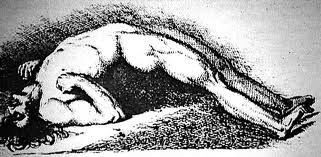
Antipsychotic Drugs: How Much Do You Know?
view quiz statisticsEither of these two books would be very helpful to a healthcare professional or student. They are small enough to take with you to the clinical setting, yet still have just about everything you could ever want to know about any drugs. Both of these are recently published, so they have the most up-to-date information about psychiatric and other drugs.
Quick Reference Drug Guides
© 2013 Leah Wells-Marshburn





